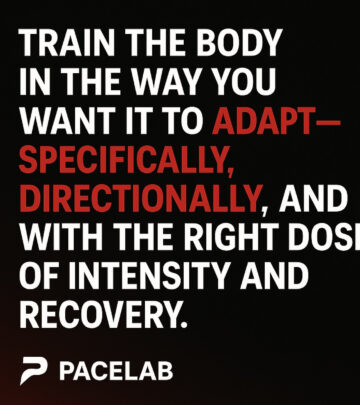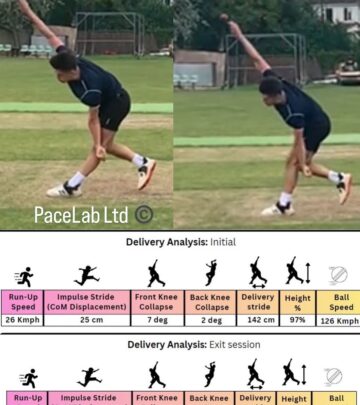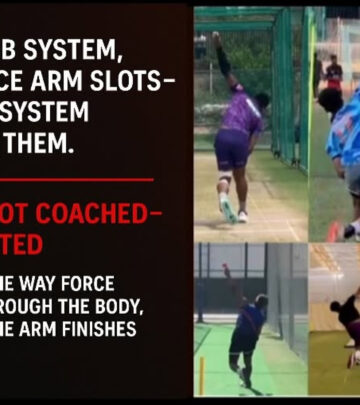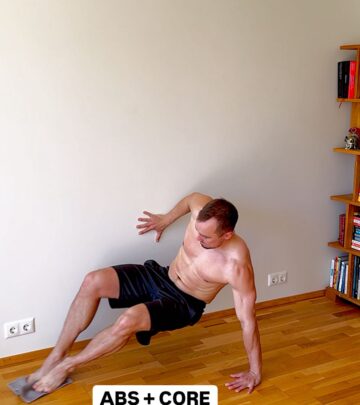Swing Leg Retraction Unlocks Fast Bowling Blocking
Elite trainers reveal how retraction in fast bowling enhances block, stability, and speed.

Image: Instagram
In fast bowling, every millisecond counts. The technique of swing leg retraction, where the bowler forcefully pulls the front leg backward before ground contact, has emerged as a hidden key in optimizing front leg blocking. This crucial move is not merely about lowering the leg; it forms the bedrock of converting momentum into efficient performance on the pitch. By understanding the biomechanics behind this technique, coaches and players alike can better harness explosive power while minimizing injury risk.
Understanding The Technique
Swing leg retraction refers to the controlled backward motion of the front leg during the impulse stride—the final horizontal leap before the front foot strikes the ground. Instead of allowing the leg to drop passively, elite bowlers actively retract it to position themselves optimally. This dynamic motion sets up the front leg to execute a firm vertical front block. With a retracted leg, the player lands with a pre-extended, stiff limb, enabling a more effective block without energy leakage. The technique not only promotes robust energy transfer but also serves as a critical injury prevention strategy.
Key Benefits Of Swing Leg Retraction
There are five vital ways swing leg retraction transforms fast bowling performance:
1. It establishes a solid front leg block by ensuring that the leg is pre-extended at the moment of impact. Without this retraction, a bowler’s landing would be compromised, causing a collapsed knee and reduced ball speed.
2. By enhancing the impulse stride mechanics, retraction facilitates a smooth horizontal-to-vertical force transition. This means the bowler effectively claws the ground beneath their body, reducing braking and maintaining momentum and rhythm.
3. The technique pre-tensions the kinetic chain. As the hamstrings and glutes undergo eccentric loading, elastic energy is stored, which later contributes to an explosive front leg extension at front foot contact.
4. A retracted leg helps reduce ground contact time. With the leg striking beneath or slightly behind the center of mass, the system achieves a faster return of energy, akin to a spring-mass mechanism operating at peak efficiency.
5. Finally, it links directly to hip lock and core stiffness. Anchoring the pelvis and activating the torso prepares the bowler for effective thoracic rotation, which in turn supports stable core bracing and safe deceleration.
Technical Insights From The Pacelab System
The Pacelab training system has long championed innovative methods to refine fast bowling techniques. As detailed in recent insights, the system emphasizes the importance of swing leg retraction for setting up a successful front leg block. In a post by PaceLab, elite bowlers are advised to ‘claw’ the ground under their body—a technique that not only facilitates optimal ground reaction but also improves the timing and stiffness necessary for explosive ball release. This approach dovetails with a broader philosophy in sports biomechanics: every aspect of the bowling stride is interlinked, from run-up speed to arm speed, and the subtle nuances such as leg retraction are critical in achieving synchronized performance.
Veteran cricket coach and performance analyst Steffan Jones has underscored the value of these biomechanical adjustments. With a keen interest in fast bowling fundamentals, Jones has integrated these principles into his training sessions, highlighting the balance between natural athletic movement and structured technical refinement. His work, which draws from both modern biomechanics and traditional coaching methods, reinforces the view that every fraction of a second in the bowling action matters.
Enhancing Performance Through Data-driven Training
Modern coaching techniques now rely heavily on data. Pacelab’s comprehensive system, for instance, uses load-velocity profiling to determine each bowler’s unique neuromuscular fingerprint. By analyzing metrics such as peak power and force at 10m along with the velocity drop-off under varying resistances, coaches can tailor training protocols specific to an athlete’s strengths and weaknesses. This dual profiling system, which also incorporates weighted ball bowling, helps streamline training to enhance speed and stability while reducing injury risk.
Several related posts by Pacelab further elaborate on the science behind fast bowling. One post discusses the significance of deep and wide attractors—stable movement patterns that ensure consistency under varying match conditions. Another emphasizes how specific loading strategies, whether it be complex, conjugate, or concentrated loading, can fine-tune the performance drivers like run-up speed and impulse stride projection. Collectively, these insights showcase that the art of fast bowling is as much about nuanced biomechanical adjustments as it is about raw physical strength.
Integrating Science And Sport
The integration of techniques like swing leg retraction with data-driven profiling methods is revolutionizing the training of fast bowlers. By focusing on key performance indicators and respecting the athlete’s natural biomechanics, trainers can foster a more resilient and efficient bowling action. As research and practice continue to align, methods like these are gaining prominence not just among elite professionals but also in domestic setups where every edge counts.
In conclusion, swing leg retraction is emerging as a vital component in fast bowling. Through enhanced impulse stride mechanics, pre-tensioned kinetic chains, and reduced ground contact times, this technique paves the way for both faster ball speeds and safer play. With experts such as Steffan Jones endorsing these approaches, and systems like Pacelab driving innovation with advanced profiling, the future of fast bowling looks set to embrace even more precision, power, and performance.
By fine-tuning the subtle elements of bowling mechanics, coaches are empowering bowlers to perform at their peak while mitigating risks. In the fast-evolving landscape of sports biomechanics, it is clear that sometimes the smallest adjustments can unlock the biggest gains.
Read full bio of Joyce



















